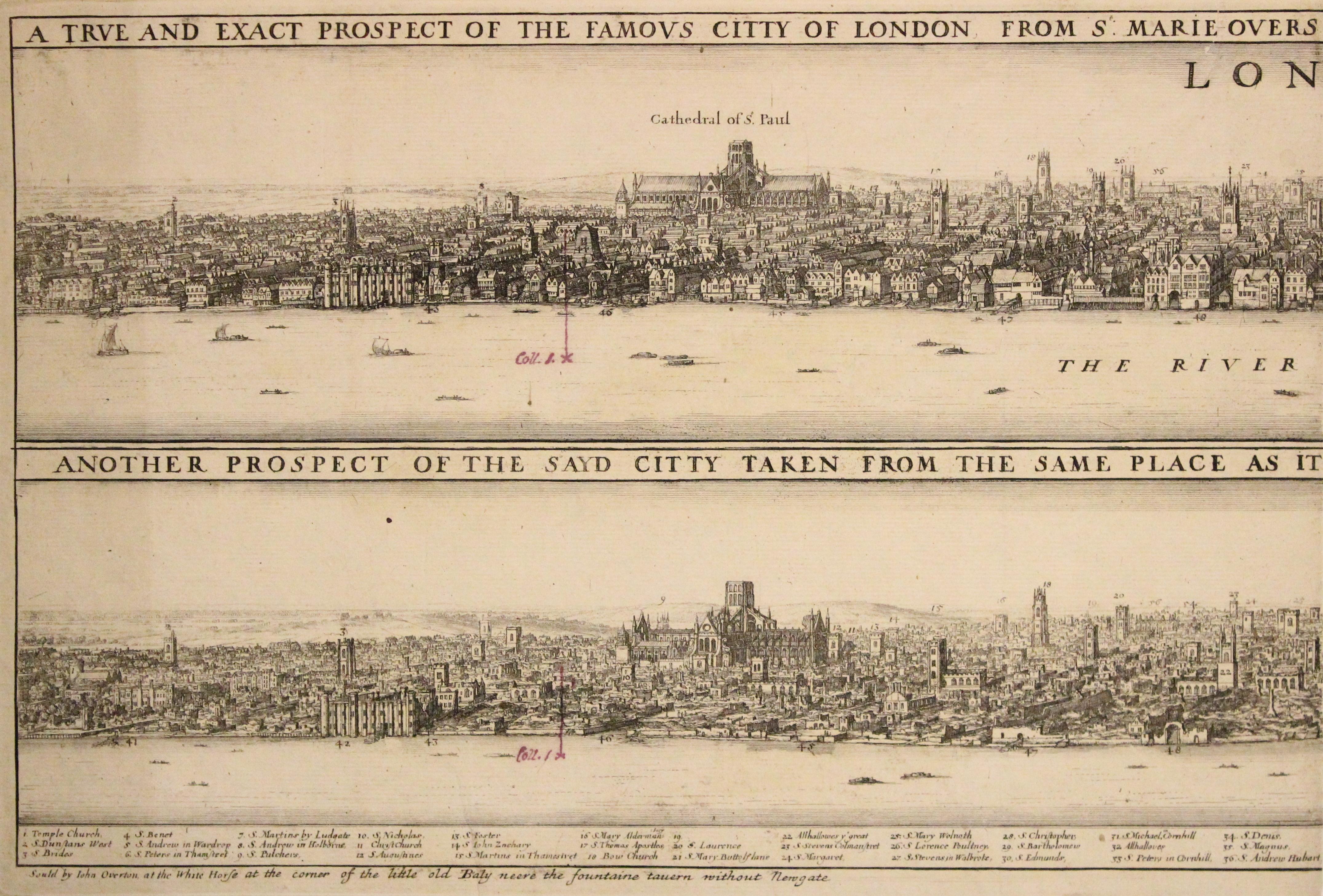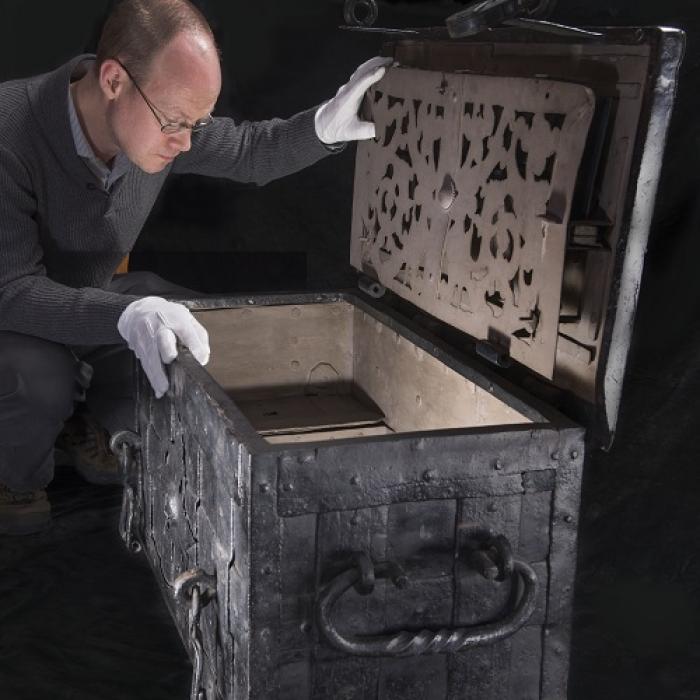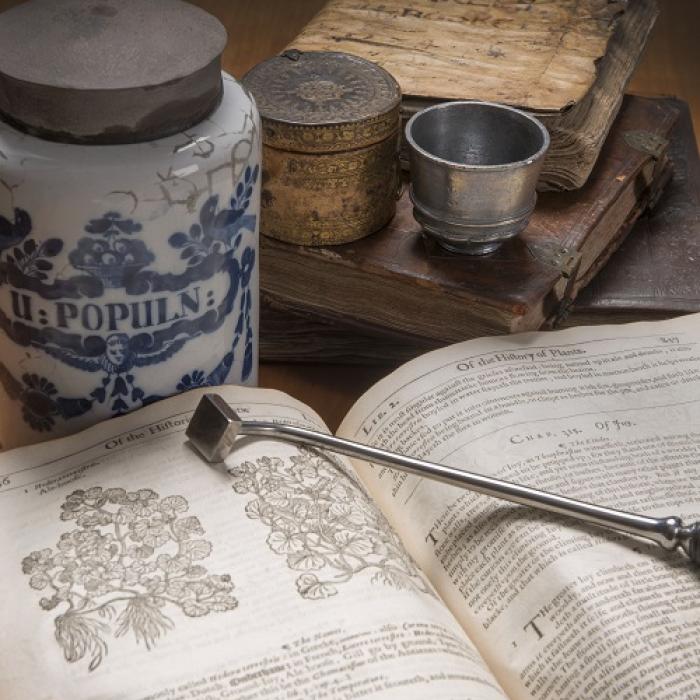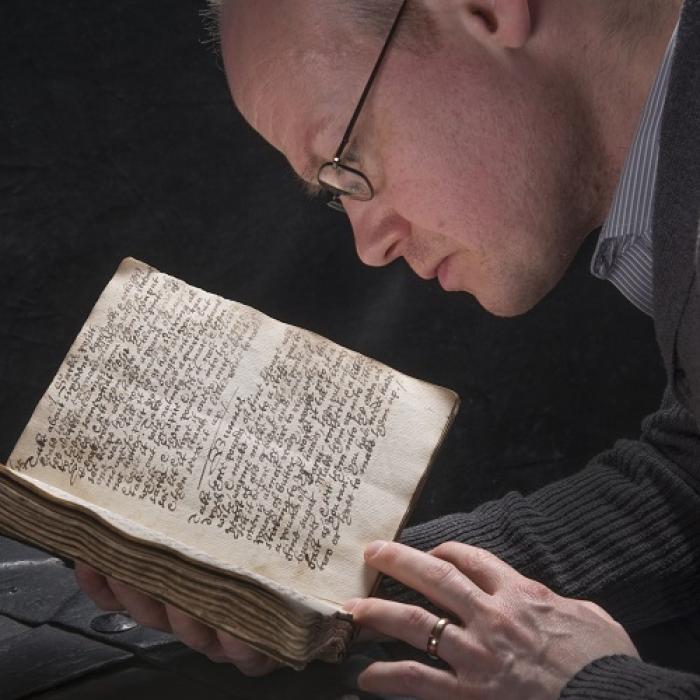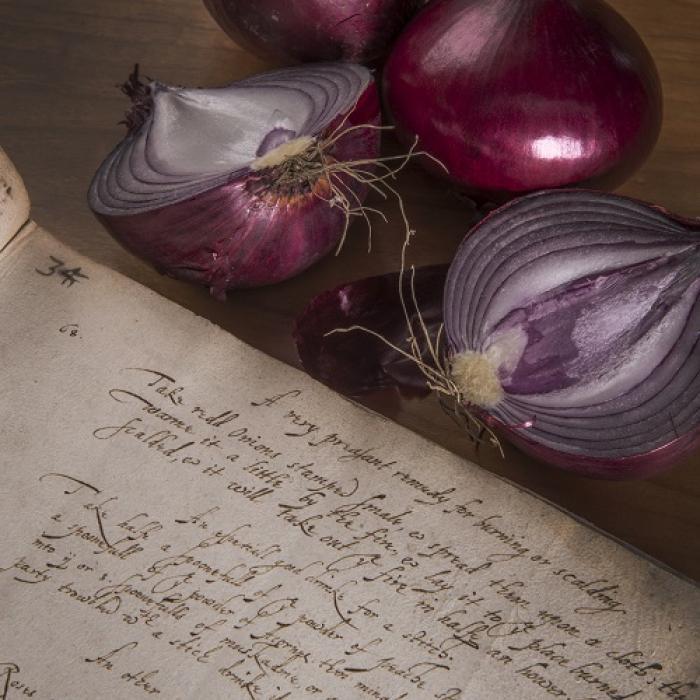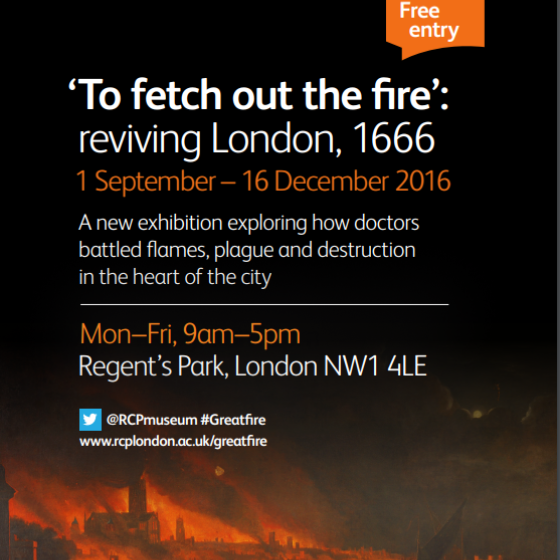More information
Related pages
A ‘miserable & calamitous speectacle’: witnessing the Great Fire of London
Eyewitness accounts reveal the horror and destruction of the Great Fire of London, 350 years after its flames engulfed the city's businesses, homes and institutions including the RCP.
Reviving the physicians: the aftermath of the Great Fire of London
In September 1666, the College of Physicians’ home at Amen Corner, in the City of London, was completely destroyed by the Great Fire. The physicians were not alone – nearly 80% of the City was destroyed, an area of 373 acres. Along with 13,200 houses and 87 parish churches, St Paul's Cathedral, the Royal Exchange, the Custom House, 52 company halls, three city gates, four stone bridges and Newgate jail all perished.
A devastating decade
Before the Great Fire of London struck in September 1666, the Royal College of Physicians had already survived through several difficult episodes. A previous exhibition explored how it managed to rebuild after the fire.
Learning with collections: Royalist physicians in the English Civil War
Items from the archives illustrate the lives of RCP fellows who supported the Royalist cause in the English Civil War.


